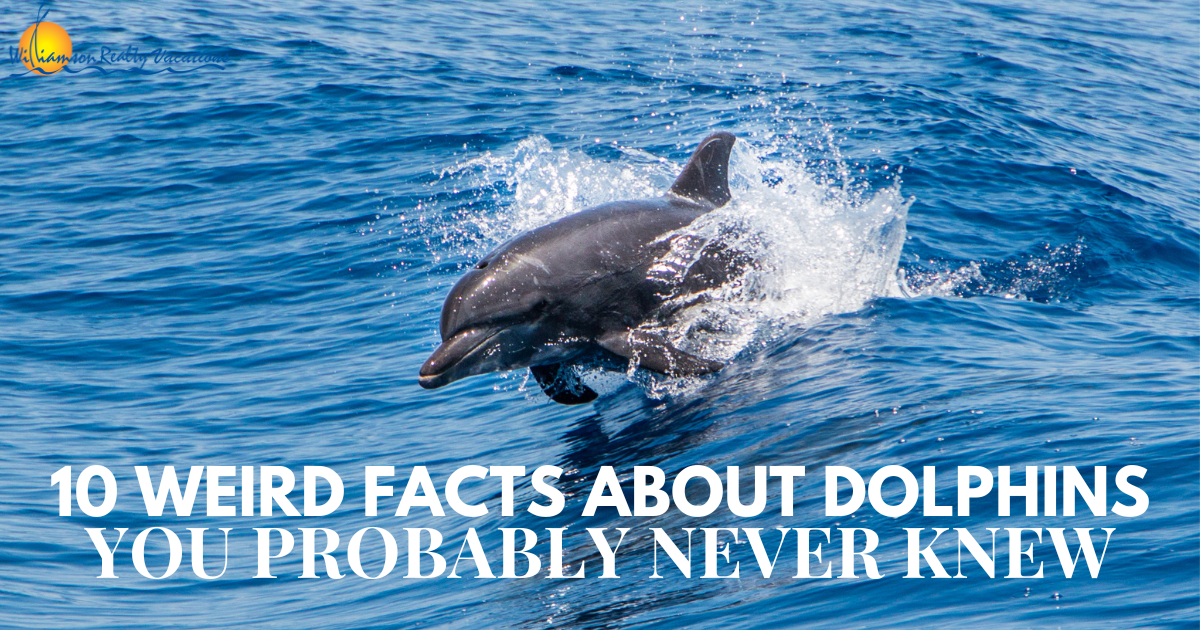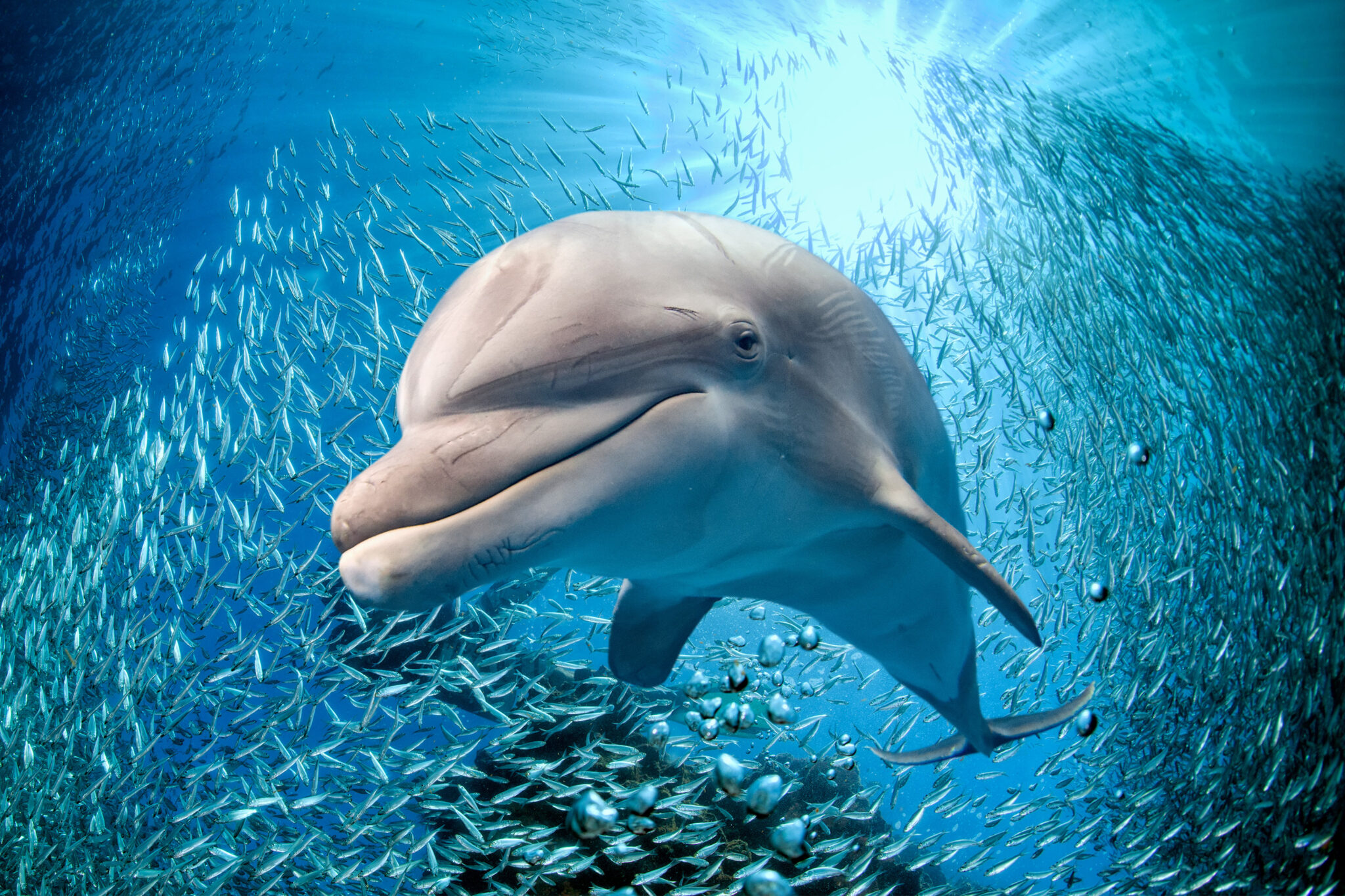Find Out Just How Dolphin Facts Reveal Their Distinct Social Structures
Find Out Just How Dolphin Facts Reveal Their Distinct Social Structures
Blog Article
Introduction Dolphin Details: Nature's Intelligent Marine Mammals
Dolphins, frequently concerned as one of the ocean's most smart citizens, exhibit an interesting array of behaviors and social structures that necessitate closer examination. With over 40 unique varieties, these marine animals not only demonstrate remarkable communication skills and facility social communications yet likewise possess innovative cognitive abilities that challenge our understanding of non-human intelligence.
Dolphin Variety Variety
Dolphins are a diverse group of marine animals coming from the household Delphinidae, which includes over 40 unique types. This family members includes popular varieties such as the usual bottlenose dolphin (Tursiops truncatus), the whale or killer whale (Orcinus orca), and the risso's dolphin (Grampus griseus) Each types shows one-of-a-kind physical attributes, behaviors, and adaptations that allow them to prosper in different aquatic atmospheres.
Dolphin species vary significantly in dimension, varying from the tiny Maui's dolphin (Cephalorhynchus hectori) at approximately 1.2 meters to the whale, which can get to sizes of as much as 9 meters. Their pigmentation additionally varies, with some types presenting striking patterns that aid with camouflage or social signaling. Additionally, dolphins occupy diverse habitats, from seaside regions and tidewaters to the open sea, showcasing their versatility.
Research study right into dolphin types variety highlights the eco-friendly importance of these creatures, as they play essential duties in aquatic ecological communities. Understanding the various varieties is vital for conservation efforts, as many encounter dangers from habitat loss, pollution, and climate modification, necessitating targeted security actions to guarantee their survival.
Social Structures and Habits
The complexity of dolphin types is mirrored in their detailed social frameworks and behaviors. Dolphins are understood for their very social nature, usually creating groups called shucks, which can vary from a couple of individuals to over a hundred. These vessels are normally composed of family members, showcasing a matrilineal framework where women play a main role in keeping social bonds and nurturing offspring.

Furthermore, some types of dolphins, such as orcas, show complex social behaviors that can consist of sub-pods or clans with distinctive cultural methods. These social structures are crucial for the survival and wellness of dolphin populaces, as they help with communication, participation, and the transmission of expertise across generations. Comprehending these social dynamics is essential for conservation initiatives and the protection of their all-natural habitats.
Interaction Strategies
Among the numerous approaches of interaction, dolphins make use of an advanced array of communication methods that facilitate social cohesion and coordination within their shells. These techniques encompass articulations, body movement, and echolocation, each serving unique functions in their social communications.
Dolphins create a large range of clicks, whistles, and pulsed sounds, which act as their main vocal communication. Each dolphin has an one-of-a-kind signature whistle, similar to a name, that permits individuals to identify each other even in huge teams. These vocalizations can communicate numerous messages, such as alerting others to threat or coordinating group movements throughout searching.
Along with vocalizations, body language plays an essential role in dolphin communication. Dolphin poses, such as leaping, rotating, and even refined shifts in orientation, share emotions and objectives. Hostile displays may discourage competitors, while lively habits can enhance social bonds - Dolphin Facts.
Echolocation, an organic finder system, additional help in navigating and searching. By producing acoustic waves and translating the returning echoes, dolphins can locate prey and challenges effectively, showing their amazing adaptability in intricate aquatic settings. Jointly, these interaction techniques underscore the intricate social lives of dolphins, highlighting their knowledge in navigating their underwater world.

Knowledge and Problem Addressing
Acknowledged for their advanced communication abilities, dolphins also exhibit amazing knowledge and problem-solving abilities that additionally improve their social interactions. Their cognitive abilities are evidenced by their capability to learn intricate tasks, recognize abstract principles, and adapt to numerous environmental obstacles. Research has actually shown that dolphins can address intricate puzzles, showing not only their cognitive adaptability however likewise their ability for planning and foresight.
Dolphins often take part in participating hunting strategies, showcasing their capability to function as a cohesive unit. This team effort calls for advanced problem-solving abilities, as they have to evaluate their environment, determine possible prey, and coordinate their actions to attain a common objective. Furthermore, dolphins have been observed utilizing tools, such as marine sponges, the original source to protect their their explanation snouts while foraging on the sea flooring, more exhibiting their cutting-edge problem-solving capacities.

Human-Dolphin Communications
Human-dolphin communications have actually captivated researchers and fanatics alike, highlighting the complex relationship in between these intelligent aquatic animals and human beings. From ancient times, dolphins have been depicted in art and mythology, symbolizing harmony and intelligence (Dolphin Facts). Modern interactions vary from scientific research study and preservation initiatives to recreational activities like dolphin watching and swimming with dolphins
Study has actually shown that dolphins possess advanced social structures and communication abilities, which promote their interactions with human beings. These experiences commonly cultivate psychological links, with numerous individuals reporting sensations of joy and empathy during such experiences. Nonetheless, it is vital to approach these communications with caution, as human activities can disrupt dolphin habits and habitats.
Conservation efforts increasingly concentrate on promoting accountable interactions, making sure that human enthusiasm does not endanger dolphin well-being. Education their explanation and learning programs aim to elevate recognition about the ecological value of dolphins, highlighting the requirement for lasting techniques.
Verdict
In recap, dolphins exhibit exceptional knowledge and adaptability within diverse aquatic settings. Proceeded research study and understanding are important for promoting a deeper understanding of dolphins and promoting their well-being in an increasingly threatened ecosystem.
Dolphin types differ substantially in size, ranging from the small Maui's dolphin (Cephalorhynchus hectori) at around 1.2 meters to the whale, which can reach lengths of up to 9 meters. Dolphins display a selection of social communications, including brushing and physical contact, which serve to enhance connections and develop hierarchies.
Recognized for their sophisticated communication abilities, dolphins likewise display exceptional knowledge and analytic capacities that better boost their social communications. Modern communications vary from clinical study and conservation initiatives to recreational activities like dolphin swimming and viewing with dolphins.
Study has actually shown that dolphins possess advanced social structures and communication abilities, which promote their communications with people.
Report this page